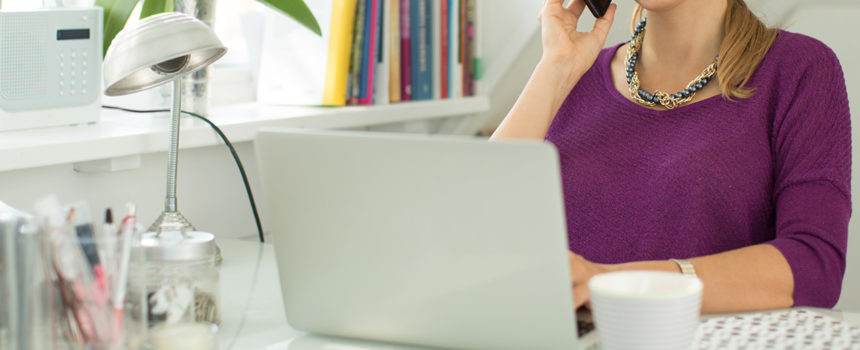We tend to think of creativity and productivity as being at odds with one another. After all, one is rigid, metrics-based, and concrete, while the other is abstract, organic, unpredictable, and—with the wrong space—very elusive. However, the truth is, creativity and productivity are incredibly intertwined, and our exterior surroundings can do a lot to nudge both along or drag them down.
And that doesn’t just go for creatives. Consider, for instance, Google’s approach to office layouts—the company designs free-form “thinking spaces,” where employees from all walks can gather organically and weigh different approaches and strategies, exposing them to new ideas that they may not have previously considered. Another example would be how turning a space into a loft, such as those done by Visionary Lofts can introduce both creativity and productivity into the same space as well. That emphasis on mingling without a clear directive is an acknowledgment that we don’t always know precisely where the next big idea will come from—there’s an ethereal quality to it, where solutions seem to “just appear” out of thin air.
Sales teams, in particular, tend to be understandably motivated by metrics. But businesses need to be prepared to respond to shifting market trends, not just by changing their products or marketing strategies, but in the way they sell as well. Sales models undergo the same transformations that affect engineers and product teams—if you don’t believe me, just ask Jeff Bezos. Considering all this, it makes sense to design your office to improve not just focus, but to stimulate and spur creativity in your sales approach, even when you’re working from home.
Add some natural elements, especially a plant or two
Plants are hard workers in an office. Multiple studies have pointed out that exposure to nature can hugely affect the success of creative tasks like problem solving, but meanwhile, many plants also clean and purify the air and decrease stress and anxiety. That last part is key—we tend to be more creative when we’re relaxed and rested, since we’ll feel more free to try out new ideas and take calculated risks, even if they fail. In offices, which often receive less light than other parts of the home, choose a hardy houseplant that doesn’t need full sun, such as an English ivy or peace lily.
Pay attention to surface materials and angles
Similarly, a work area that’s too sterile or industrial diminishes the soothing effect of natural elements. Trade out metal and laminate desk surfaces for ones in organic materials, like wood. Additionally, take note of the lines in your office. Your instinct may be to select furniture with hard, clean angles. This is business, after all. However, there’s some evidence that curved objects stimulate the anterior cingulate cortex, the part of the brain charged with managing our emotions. Studies have also shown that there’s a huge link between our moods and our creative output—namely, a calm, positive mindframe can boost problem solving and other complex thinking. A balance between hard and soft objects in your office will help you achieve a feeling of calm reflection, so opt instead for curved office chairs, a rounded desk, or a circular side table with built-in drawers.
Create “zones” for different tasks
Truly creative thinking requires a lot less “doing” and much more “being,” so the key is to transform your office into a welcoming space where ideas can appear on their own, rather than forcing them. Generally, that won’t be the exact same place where you’ve just spent hours talking a client down from a ledge, or pumping out a time-sensitive report. If your office is large enough, try incorporating a carefully-tended “thinking space,” which will give you somewhere to set aside the demands of other work and let your mind wander where it will. Stock the spot with thought-provoking books, stirring photos, and art that can influence your mood while you ponder.
You can also add decor pieces that can spark your motivation. Perhaps, you may want to mount items on your wall that remind you of your hobby. The thought of finally being able to do something you enjoy can help you finish your pending tasks. You may also consider displaying your collectibles. Seeing things you relate to makes you feel like you’re in your safe zone. The feeling of safety and security eases your mind, enabling you to work better. Your hobby and collections may involve the same subject. For example, you enjoy watching Western pirate movies and collecting rare flintlock pistol replicas. If so, think about showing them off. Just make sure that they are correctly mounted or hung on the wall.
Your creativity will multiply as soon you allow it to happen as it occurs, rather than chasing it down. With that in mind, don’t be too rigid about when and where you come up with ideas. If your best thinking happens in the shower or while you’re walking the dog, so be it. In the end, your productivity will thank you.











